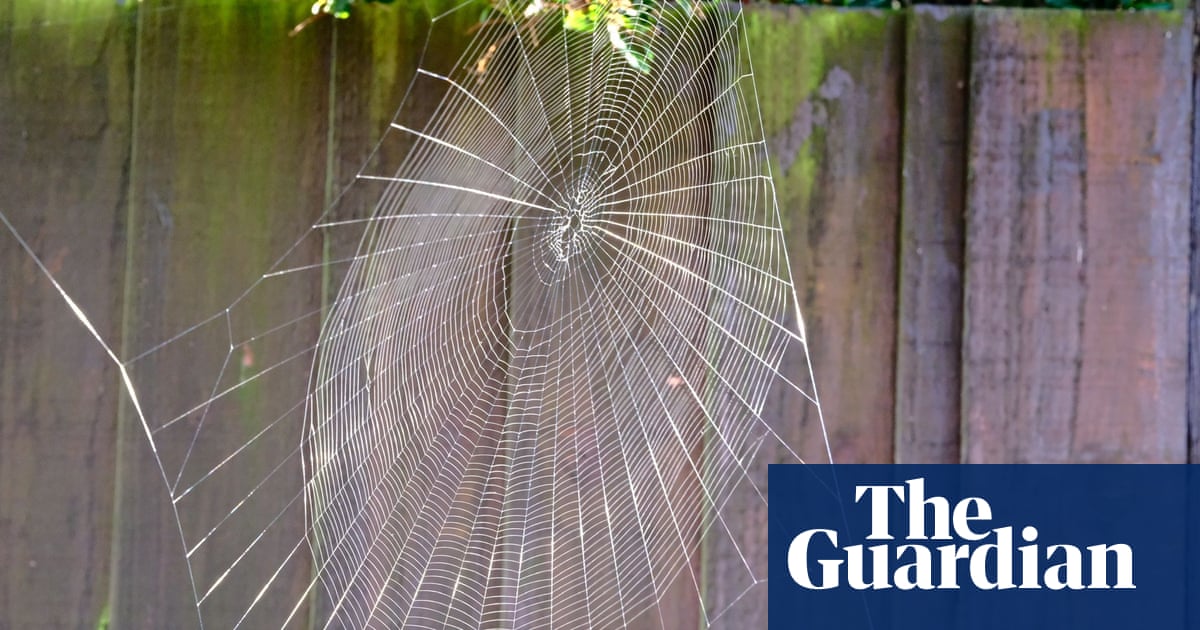
Under the pines and broadleaf trees in Rowney Warren Wood, the renowned Kew Gardens mycologist Dr Richard Dennis led an autumn fungus foray back in 1950. It was a dry, sunny day after much wet weather, and the group recorded 105 species, including one – Naucoria jennyae – new to Britain. Now, 74 years later, we’re enjoying the diversity of fungi that still thrive in the woods.
Butter caps are scattered through the pines. Each has a coffee-coloured umbo (or central bump) in a cold cream sea, slicked with an oily sheen that gives them the unsavoury sobriquet “greasy toughshanks”. As pines give way to deciduous woodland, milkcaps appear in abundance, their name referring to the latex that exudes from the gills when the flesh is damaged.
Some species are so tiny that you can lose yourself in the minutiae: the delicate radial grooves that crinkle the caps of the bonnet toadstools or the beechleaf parachute which, at barely 5mm across, would soften the fall of the smallest of pixies. For the fungal kingdom abounds in names that invoke the fantastical. This is a world where felted twiglets and clustered woodlovers mingle with humpback brittlegills and amethyst deceivers.
Even the familiar grows strange here. Fly agaric erupts from the humus-rich earth encrusted in a white “universal veil” – a membrane that surrounds the young fruit body as it develops. Saproxylic fungi (species that live on dead or decaying wood) reach up from fallen logs. We spot the forked flames of yellow stagshorn, a type of jelly fungus; the offset shelving of purplepore bracket; and the white-tipped fingers of candlesnuff, a type of sac fungi – a category on which Dennis was a world authority. We tentatively count 23 species, wishing we had such an expert to assist us.
But at least we can be certain that our list won’t include another “newly discovered fungus” sent to Kew for identification in 1952. Dennis, by this time head of mycology, wrote a tongue-in-cheek scientific article on the unusual spherical object, noting that it grew “in enclosures of partially mown grass” and had the odour of “old or heated india rubber”. He gave it the mock-Latin name Golfballia ambusta. Specimens are still held in Kew’s fungarium to this day.
Country diary is on Twitter/X at @gdncountrydiary
Under the Changing Skies: The Best of the Guardian’s Country Diary, 2018-2024 is published by Guardian Faber; order at guardianbookshop.com and get a 15% discount
This article was amended on 13 November 2024. An earlier version said saproxylic fungi were “species found in woods”.












